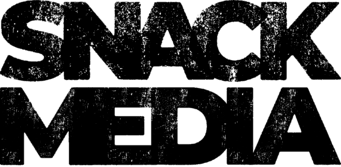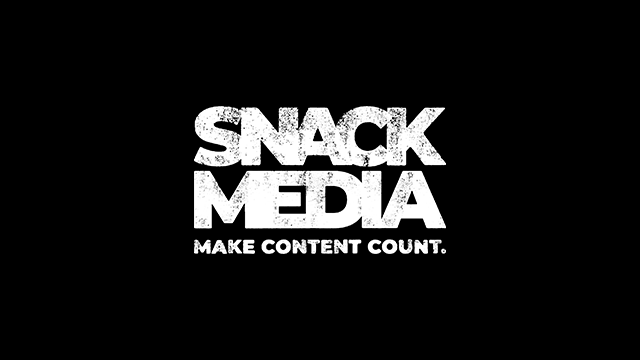In my previous blog I have talked in broad terms about the AI behind programmatic advertising and thought it would be good to also lift the lid on bad ads and Ad Quality in general.
Bad ads are often cited as one of the biggest concerns for publishers. With the rise of programmatic advertising the need to ‘shield the yield’ from these increasingly sophisticated attacks has never been more pressing.
The mechanisms used in the advertising industry are complex with an often long supply chain filled with exchanges and resellers. Digital auctions are processed on client browsers and web servers at a staggeringly fast pace with transactions being processed in milliseconds. At that speed it is almost impossible to manage the bad stuff without real-time safeguards or compromising performance.
The good news is there is no reason to live with an advertising solution that provides no protection against bad ads and several products are on the market that shield publishers from this criminal activity.
Companies like Confiant offer real-time scanning and blocking technology that can be tailored to work to the demands of an individual website or network. The landscape for this technology is largely green and we can probably expect further tech innovation and competition in the months and years ahead.
We mostly think of a bad ad as being one that has deliberately malicious intent such as the ubiquitous forceful redirect.
‘Malvertising’ describes this covert way cyber-criminals target users and is a blend on the type of attack and its delivery (malware and advertising). Since programmatic became the new ai-fuelled kid on the block of digital advertising the ecosystem has had to adapt to make the method secure for publishers and buyers.
Redirects are the weapon of choice for these criminals and accounted for 47.5% of all malvertising in the last quarter of 2018 according to GeoEdge. There is a diverse soup of bad ads to be aware of. They include in-banner video (IBV), fake surveys, ad stacking & cookie stuffing, pop-ups, pop-unders, auto-playing video and audio to name but a few. Some bad ads are obvious and disruptive whilst others have more subtle effects and may not even be noticed.
As touched on previously, the technology used to block bad ads requires real-time scanning of advertising creatives and their associated files before they are delivered to the page. These scans check the creative against a database of rules and if it breaks any the ad is stopped in its tracks and an alternative served in its place.
So with an Ad Quality solution comes a number of key benefits, the software will not only protect your reputation but will also save you time managing issues and provide additional financial benefits by shielding that yield. This is software as a service, it is fast-paced, real-time and essential.
Author: Matt Tait, Operations Manager, Snack Media. For further information please contact matt.tait@snack-media.



